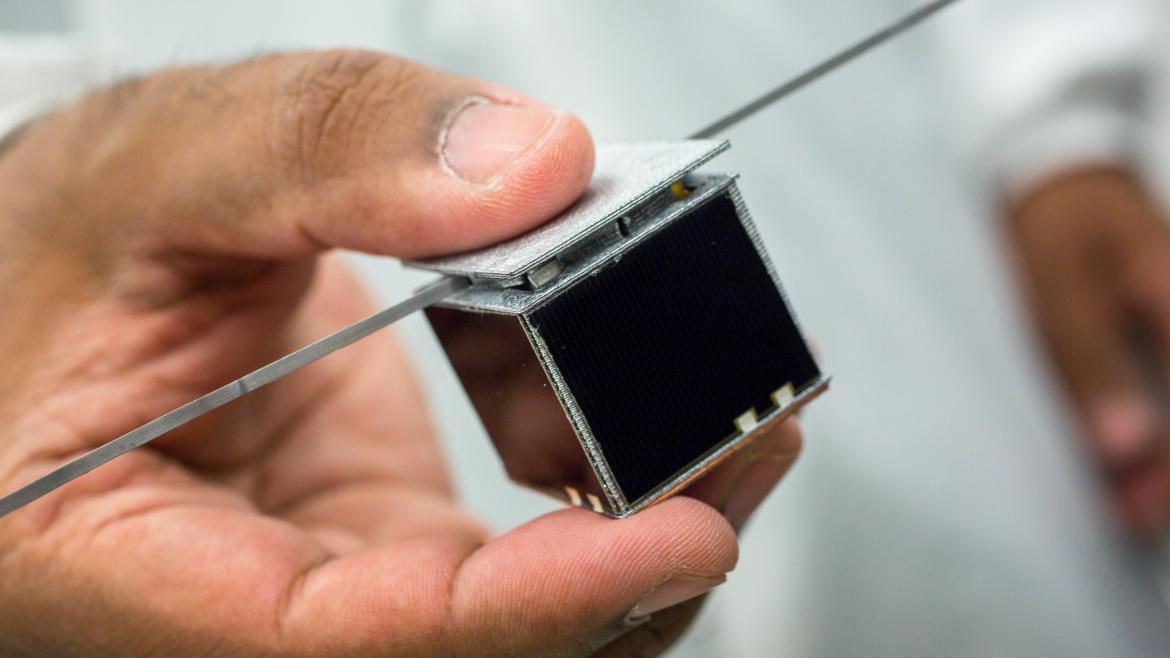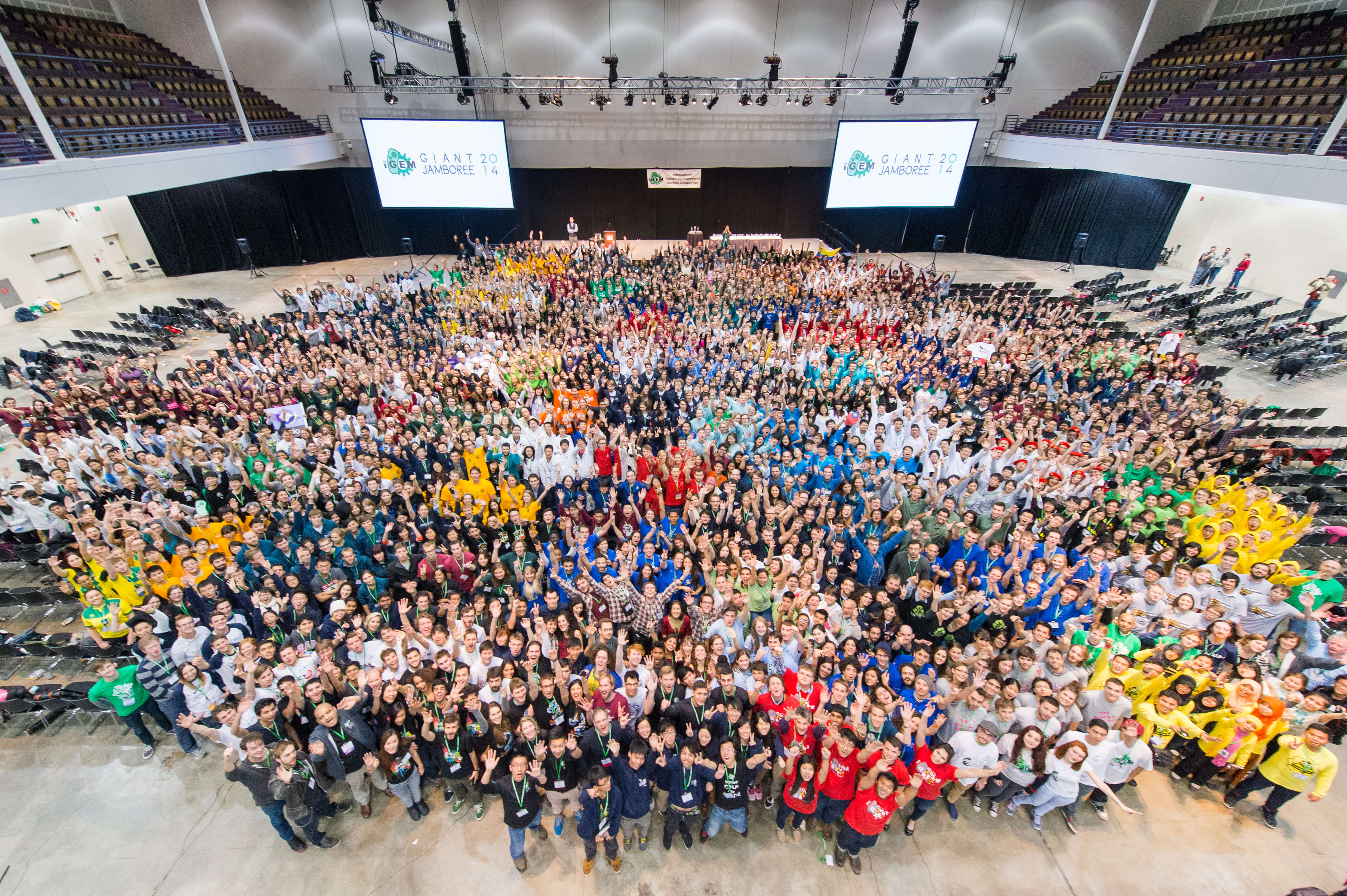Apr 8, 2016
Student-designed ‘FemtoSats’ aim to bring cost of satellite deployment below $1,000
Posted by Shailesh Prasad in categories: solar power, space, sustainability
Got a grand burning a hole in your pocket? You could get a new laptop — or you could send this tiny, palm-sized satellite to space. That’s what a team of engineers at Arizona State hope, anyway: their “FemtoSats” are meant to be as cheap a space-bound platform as has ever been devised.
At just 3cm per side and 35 grams (that’s about 1.2 inches and 0.077 pounds, dogs of the Imperial system), the SunCube 1F is the prototype FemtoSat. It’s powered by a salvaged scrap of solar panel (they don’t make them small enough off the shelf), the tiny unit includes propulsion, imaging, communication, and data collection.




















